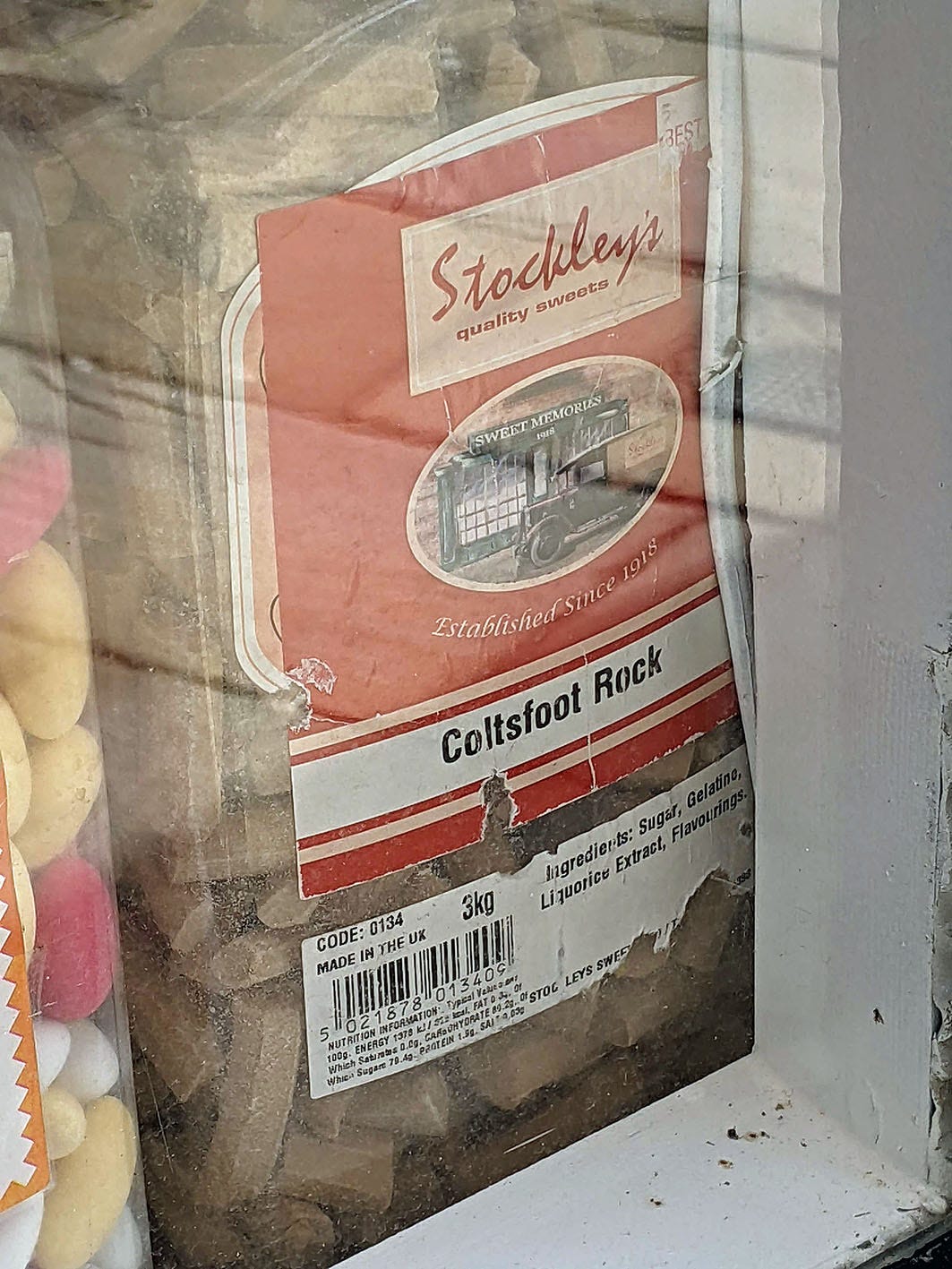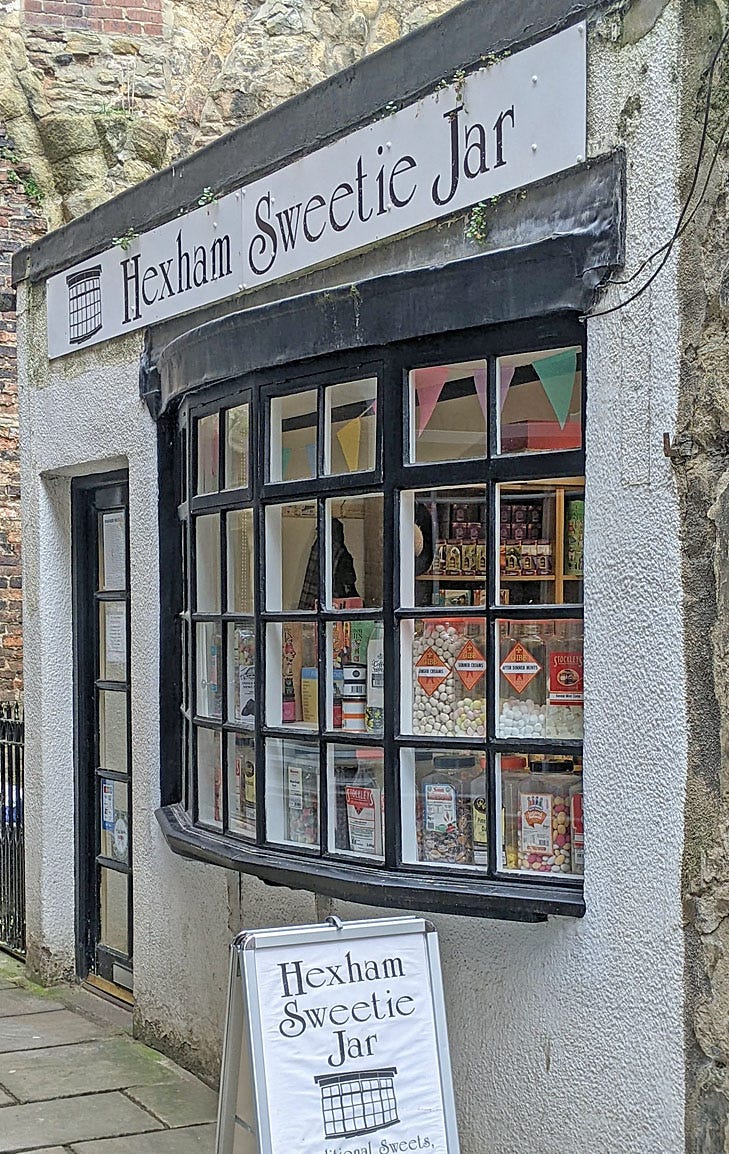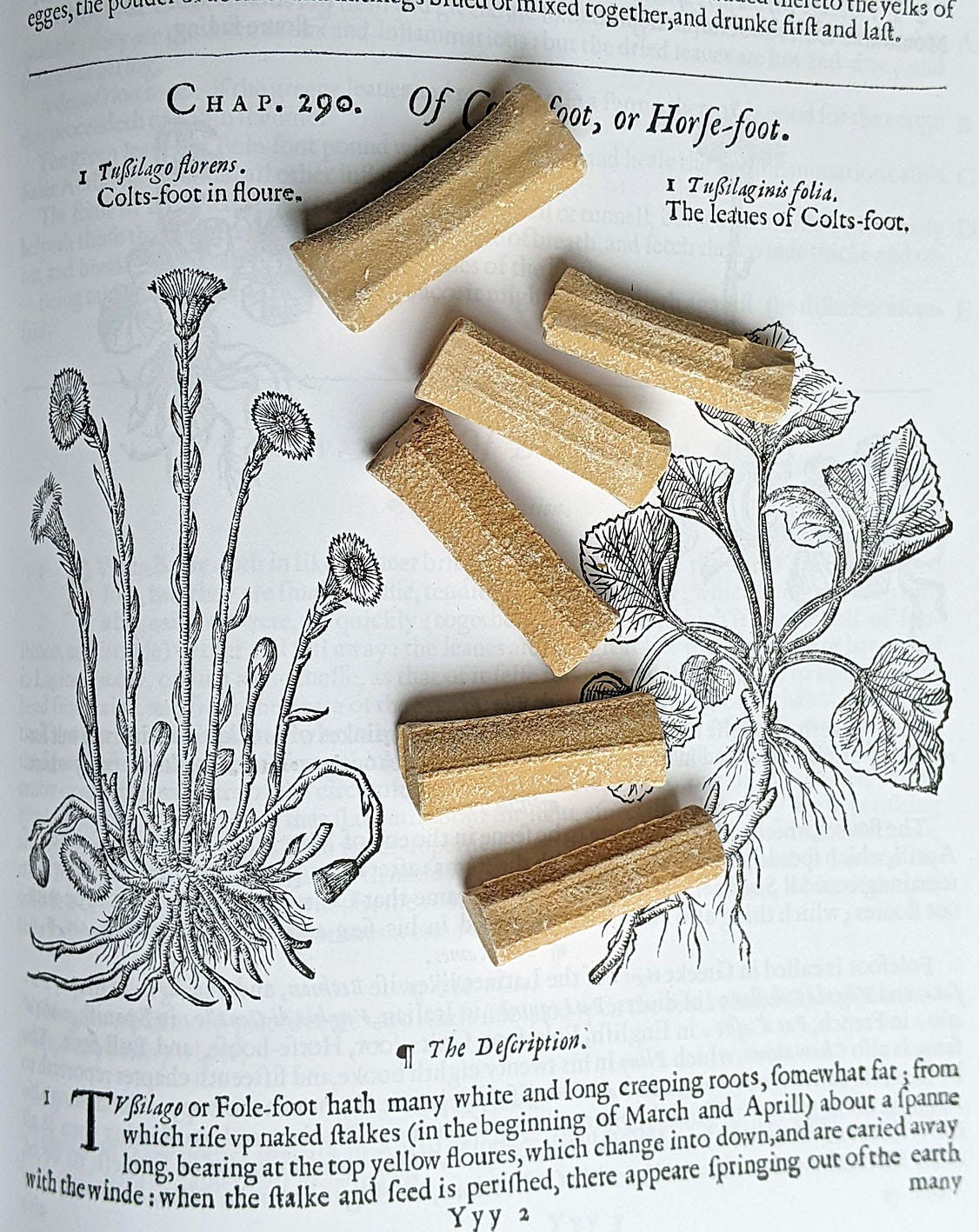At the weekend, when the sun shone, we found coltsfoot in flower on the naturally rewilding site of the former Brancepeth colliery in County Durham. Another milestone on the road to spring.
The scientific name for coltsfoot is Tussilago farfara, derived from tussis, the Latin word for a cough. Almost every wild flower book ever written references the long history of the plant’s herbal medicinal use as a treatment for coughs and bronchial problem, whose source can be traced back to John Gerard’s Herbal or General History of Plants, first published in 1597.
Gerard also knew coltsfoot as horse-foot and fole-foot, all names that relate to the hoof-shaped outline of the plant’s leaves, which don’t appear until flowering is over. Here’s what Gerard had to say about its medicinal virtues.
“ A decoction made of the greene leaves and roots, or else a syrrup thereof, is good for the cough that preceedeth of the thin rheum.
The fume of the dried leaves taken through a funnell or tunnel, burned upon coles, effectually helpeth those that are troubled with shortness of breath, and fetch their wind thick and often, and breaketh without peril the impostume of the brest”.
There seems to be no scientific evidence to support any of this, but products made from the plant have been sold for centuries.
I happened to be in Hexham, Northumberland this morning and noticed this - a jar of Stockley’s Coltsfoot Rock - in the bow-fronted window of a truly wonderful old-fashioned sweet shop.
To those who are partial to confectionary Hexham Sweetie Jar is heaven on earth, with walls lined with jars of every kind of sweet. Naturally, in the interests of scientific curiosity, I just had to go in and buy some coltsfoot rock.
And here it is. It’s not pretty - it looks a bit like miniature capstones from a wall top - but it has a pleasant liquorice flavour and an interesting texture, crumbling quite quickly when it softens in the mouth. I’m definitely keeping some in the medicine chest for future coughs.
In the past there were other coltsfoot medicinal products available, including lozenges. I can’t help wondering whether those miners who laboured underground in damp and dusty Brancepeth colliery carried them when they began their shifts underground.









Miss Jury's front shop sweet shop! A must for all home going primary school children in the sixties where I lived. A wall of glass sweet jars, jewel like in the gloom.
Very interesting, thank you.